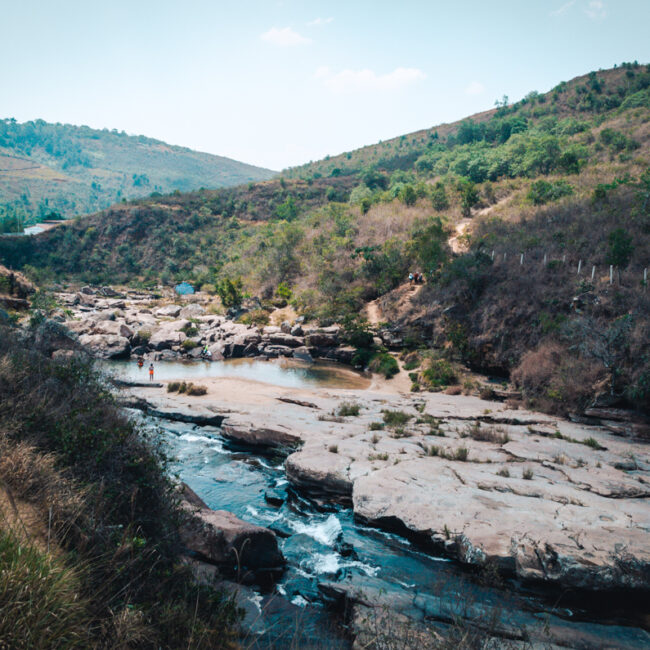

Conscious travel is traveling mindfully and has many aspects. The concept of conscious travel was first introduced by Anne Pollock, a researcher and change maker in international travel. She believes industrial tourism is on its detour and advocates for a more sustainable way of tourism. Sustainable tourism and conscious travel are intertwined and are often used interchangable. In general, conscious tourism is based on three things: To be aware of the impact travel has on the environment, the impact on local communities and the impact on the local economy. This requires you to have a certain state of awareness so you can make informed decisions. Does this sound hard? It doesn’t have to be! I’m here to help you with a list of 21 easy ways to be a conscious traveler in 2023.
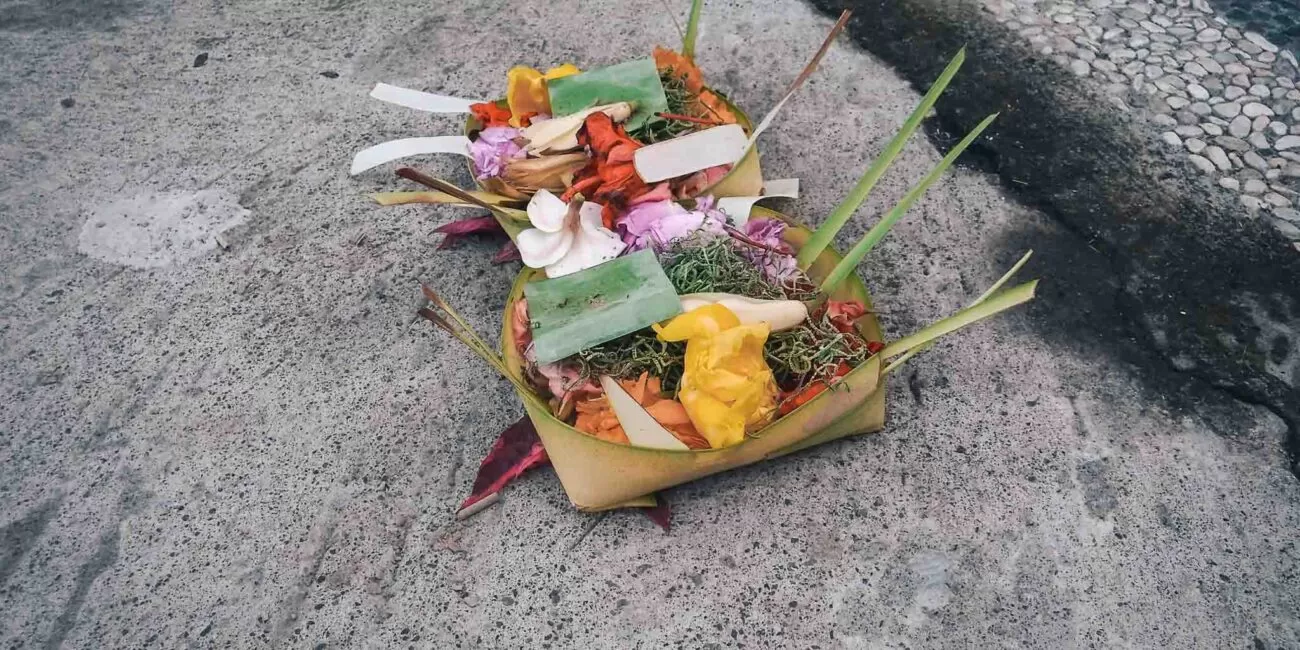
Offerings, Balinese Hinduism, Bali, Indonesia.
Traveling is more than booking an all-inclusive resort and spending your days by the pool with a cocktail. Whether you’re going to Turkey, Hawaii, or Thailand, it’s important to educate yourself about the country you are visiting. Chances are the local customs are quite different from what you are used to at home.
In Indonesia, it is obliged to cover up your knees and shoulders when visiting a temple. Burping is a sign of gratitude in China. Mate is the national drink of Paraguay, Uruguay, and Argentina and should be consumed following a fixed procedure. There are many things to learn about different cultures and the last thing you want to do is being offensive.
Locals also often appreciate it if you learn a few words in their language. Learn at least how to say “Hello” and “thank you”.
As a conscious traveler, read a little about the history of the country you are visiting. Why can’t you stray off the paths in Cambodia? What’s the difference between Indian and Balinese Hinduism? Inform yourself about food etiquette, tipping, and if haggling is appropriate. If you’re not into reading then watch a few movies or TV shows about the country. There are many to find on Netflix.
It is important to keep in mind that resorts and big hotel chains are mostly not locally owned and, although some of them are making an effort to become greener, they are massive energy-consuming and waste generating operations. If you stay at these accommodations, the money you spend probably doesn’t funnel into the local economy and benefits the locals.
Alternatively, as a conscious traveler, it’s a better idea to book smaller, locally owned accommodation when you’re traveling. Homestays and small bed and breakfasts are a good choice. This way, you get to know the culture of the country you are staying in and your money goes straight into a local’s pocket.
You can find a large array of homestays and BnBs on Booking.com. Another great site, if you are looking for local accommodation, is homestay.com.
If you like to have a place to yourself you can rent out a whole apartment or villa on Vrbo or Airbnb. Do make sure you are renting from a local person and not from some shady company buying up accommodation just to make a profit.
To make sure your money supports the local economy it’s important to eat as local as you can. Therefore, as a conscious traveler, choose local coffee shops and locally-owned restaurants who source their produce from local farmers. Avoid chain restaurants like McDonald’s and Starbucks.
Eating locally is also the best way to get to know the local food culture. Spoil your tastebuds with Thai curry, Spanish tapas or Bolivian saltenas! It is amazing to realize how many different tastes and spices there are in the world.
If you want to take your local food adventures to the next level, take a cooking class or participate in a street food tour. With Locals and Toursbylocals both offer excellent street food tours in various countries. If you really want to deepen your knowledge of a certain food culture then Intrepid Travel offers multi-day food adventures in numerous cities around the world.
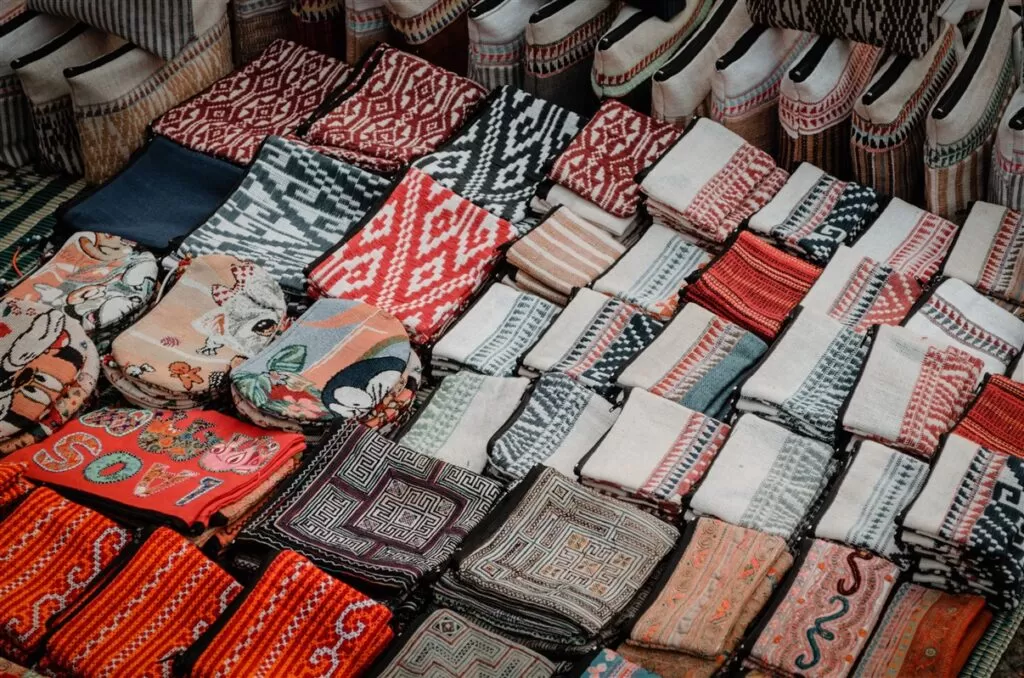
Souvenirs at Luang Prabang Night Market, Laos
Don’t go to an international supermarket to do your grocery shopping. Instead, support communities by buying directly from them at local markets.
In big cities, look for small local business owners to buy some unique items. Buy souvenirs from local artisans and avoid big shopping malls with international fast-fashion brands.
Buying local not only strengthens a community, but it’s also better for the environment considering food-miles and transport.
Local businesses also have their own quirky character compared to chain stores that you see everywhere. The uniqueness of these businesses often determines the feeling you get when you visit a place and distinguishes it from another place.
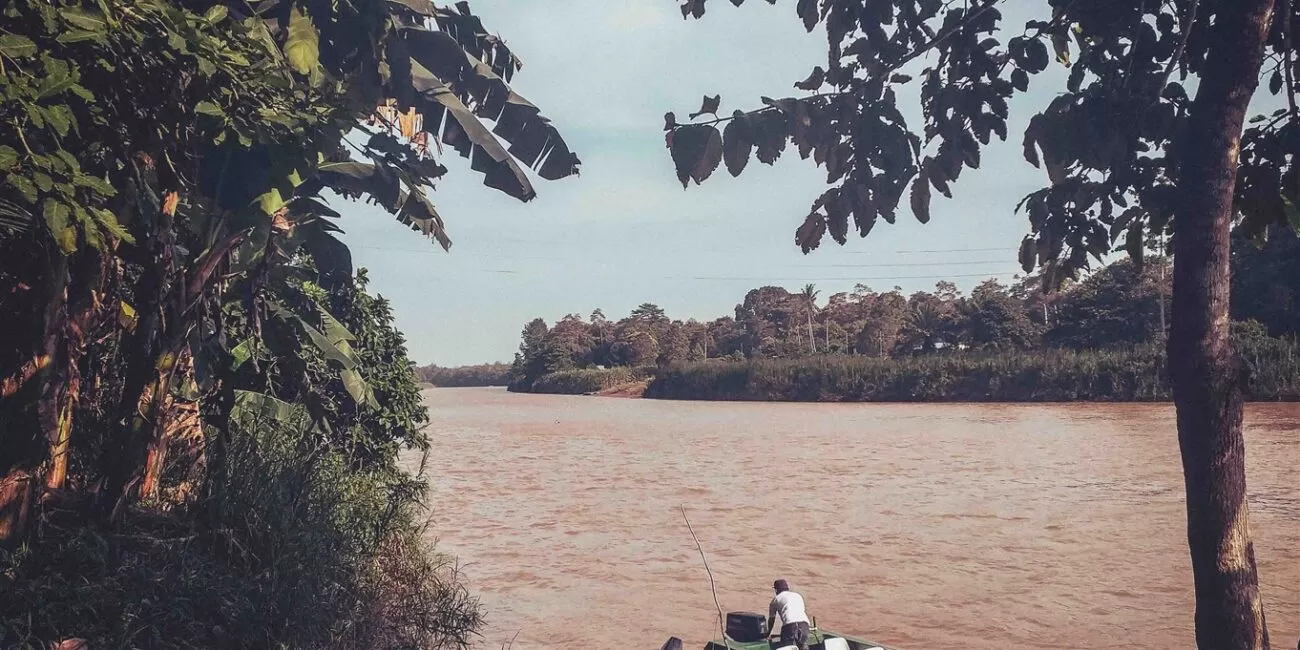
Conscious travel @ Kinabatangan River, Borneo, Malaysia.
Avoid big international tour companies and book your tour at your destination with a socially conscious travel agency. This way, again, your money cycles back into the local economy.
You can also find some great tours by locals online if you like to book in advance. Get in touch with a local through Withlocals or Toursbylocals.
Local tours make sure you have an authentic experience. They often take you to places that are off the tourist trail. Moreover, they can even put together a completely custom-made trip depending on your wishes.
In some areas, locally conscious tourism really prevents major financial problems for locals and catastrophes for the environment. These community-based tourism tours are based on the three principles of conscious tourism considering the environment, the people, and the economy. You can find great ones in Cambodia and Borneo.
If you’re already a bit into conscious travel you have probably heard about carbon offsetting your flights. In general, it means you compensate the CO2 you are producing by taking a plane by investing in environmental projects.
There are a lot of websites offering carbon offsets and not all of them are reliable. Atmosfair has a good calculator and Gold Standard has a wide array of projects to offset your emissions.
But before doing this, take a closer look at your flying habits. How many times a year do you fly? More than once? Do you take a lot of short-haul flights? These are more damaging to the environment compared to long-haul flights and should better be avoided.
These are the rules I apply when traveling: If my destination is less than 1000km away, I take a train or a bus instead of a flight. If that’s not possible or my destination is further away, I check if I can carpool. A flight is always the last option. Secondly, I try to take only one round-trip flight a year. If that’s not possible, I offset the flights.
Do you take five short trips by plane a year now? Think about maybe going on a slow travel journey for one month instead, only taking two direct flights.
As a conscious traveler, you are probably already implementing conscious choices regarding energy use at home. When traveling this is no different.
Make sure all the lights are out when you leave your room. Don’t leave the air conditioning on when going out. Watch your water use. Take short showers and don’t let the tap running when you brush your teeth!
In most countries, you can rely on a well-organized bus or train system to get around. For instance, traveling around Europe is bliss with interrail passes starting from € 185 allowing you to travel around Europe for one or two months.
Cities are, most of the time, easy to get around, with subways, busses and trains that can take you from one side to the other in less than half an hour.
If there’s no public transport going to the place you want to visit, as a conscious traveler, hire a driver to take you there or rent out a car to drive yourself. If it’s possible, rent an electric or hybrid car and try to find people who want to share the ride. Sharing a ride lessens your carbon footprint drastically compared to driving alone.
A great app to check before renting a car yourself is Blablacar, a ride-sharing app that connects drivers with empty seats with people traveling in the same direction.
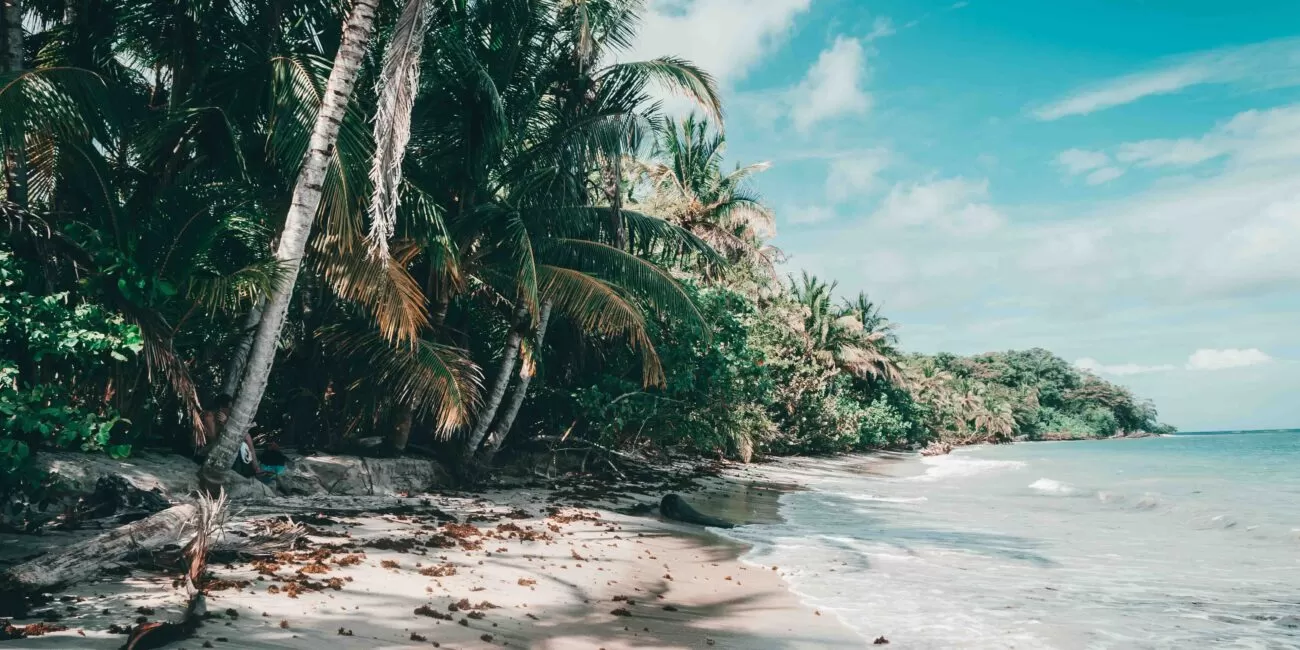
Conscious tourism @ Cahuita, Costa Rica.
Everyone knows the saying “Leave nothing but footprints, take nothing but pictures”. If you want to keep all this beautiful nature on our planet intact for future generations, you have to be aware of what kind of effect pollution has on the environment and animal welfare.
As a conscious traveler, always recycle when you can. Don’t leave trash in the forests, parks or on beaches. Participate in clean-ups if you have the chance. Remember it takes a long time for certain things to decompose. Plastic is the worst but also cigarette buds and toilet paper.
When camping in nature, wash yourself with biodegradable soap. Use eco-friendly sunscreen when swimming in rivers, lakes, seas and oceans.
Packing sustainable can seem like a daunting task but just a few small changes can already make a huge difference!
There are a lot of eco-friendly brands out there, most of them small businesses trying to make an effort to do something good for the planet. In America, there’s a marketplace called Earth Hero, on which you can find many interesting eco-friendly travel items. In Europe, there’s no such thing yet. But if you want to pack consciously, here are some tips to get you going:
There is a lot more to be said about this topic. If you want, you can check out my conscious packing post for Laos and Packing list for Thailand!
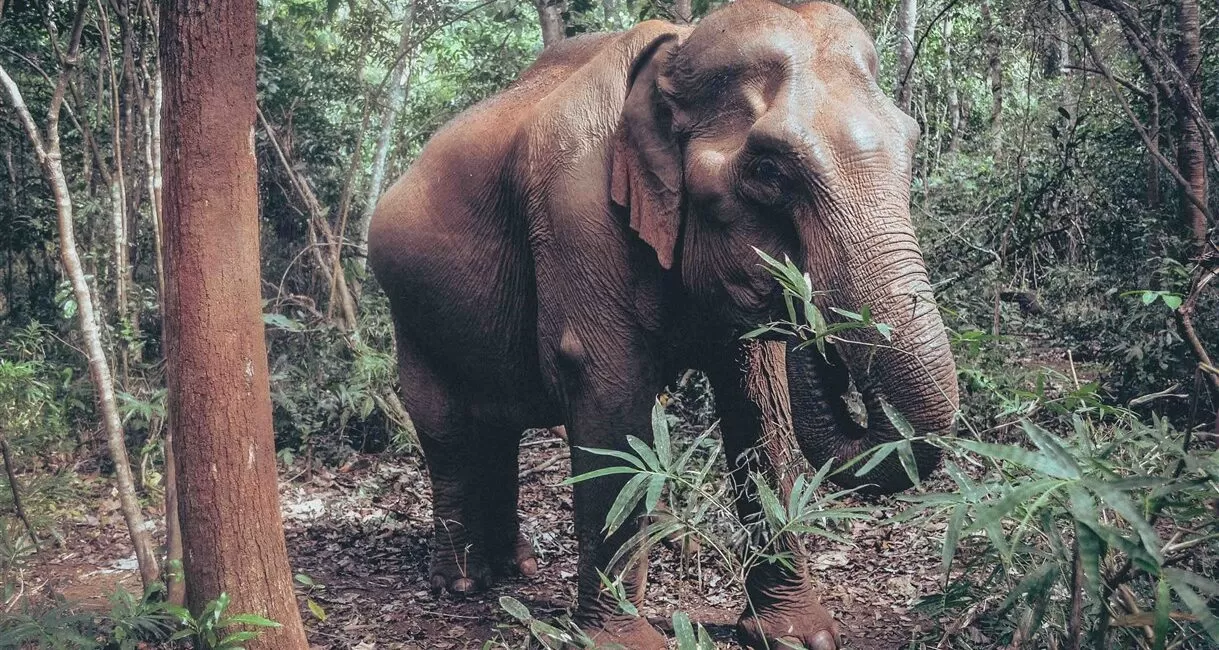
Conscious travel @ Mondulkiri Project, Sen Monorom, Cambodia
When traveling, only participate in ethical animal tourism by visiting ethical animal sanctuaries and responsible wildlife organizations. Don’t touch wild animals, ride elephants or go to circuses or theme parks that involve animals who should be living in the wild.
How do you know if an activity or sanctuary is ethical? Well, it’s not that easy. A lot of organizations greenwash their activities. To learn more about the subject, check out fellow travel blogger Claudia’s quick guide to ethical animal tourism.
Stay at hotels, BnB’s or lodges that have a sustainability policy in place. This means that they are actively managing its environmental footprint, educate their staff on sustainable practices and still make your vacation an amazing experience.
Anyone who thinks this means sacrificing luxury is seriously wrong. Check out this incredible Finca in the Costa Rican jungle and even cities can have a range of eco-friendly accommodations. Berlin, for instance, is a good place to find hostels and hotels that are mindful of their impact.
Restaurants can also have a sustainability policy. They can source produce from local farmers, have a zero-waste food strategy, and offer compostable or reusable cutlery, containers, or straws to their customers.
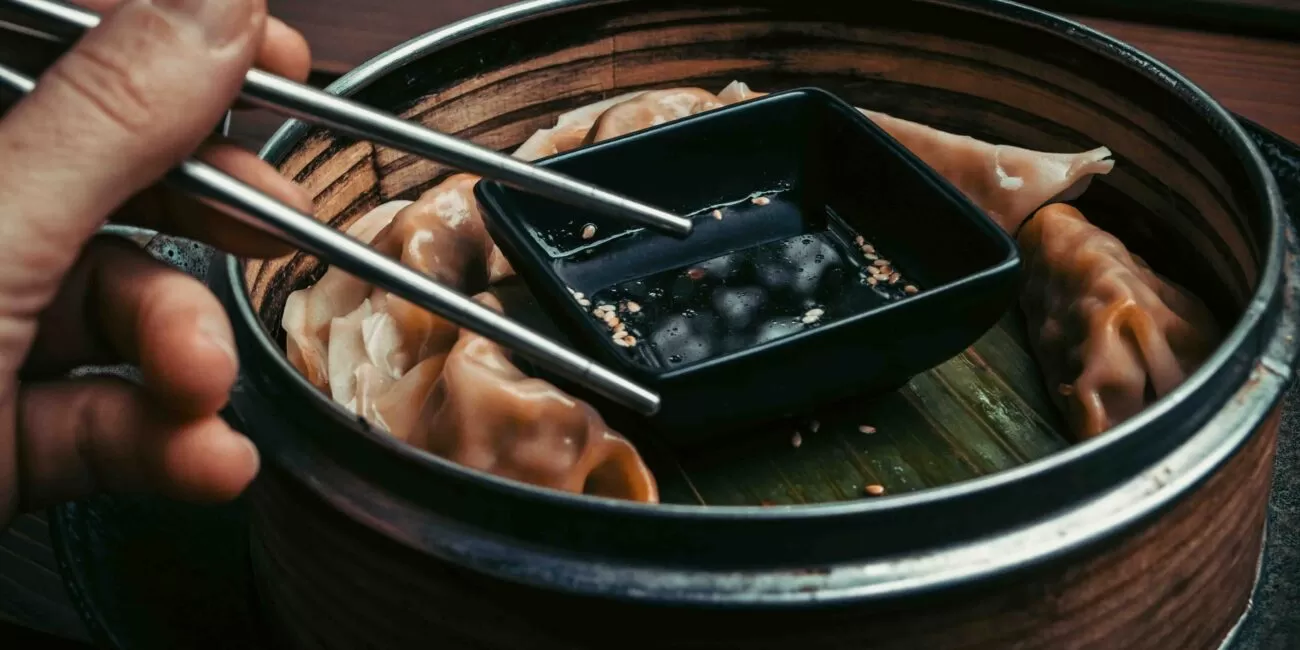
Vegan mandu kimchi @ Feel Seoul Good, Prenzlauer Berg, Berlin.
Living and eating plant-based is a lifestyle and a conscious choice to protect our planet and reduce animal suffering.
In addition to energy production and transport, animal agriculture is a great cause of CO2 emissions. While there’s a lot of discussion going on about the exact calculation of the number of emissions, check out the documentary Cowspiracy if you want to learn more about this subject.
A lot of travelers argue you can’t experience local culture if you are eating plant-based. I have to argue that this is not true. The plant-based diet is growing in popularity around the globe every year and there are countless ways to find plant-based options wherever you go.
The go-to app for plant-based dining is Happy Cow. When you travel to more remote areas your diet might get a bit one-sided but you can find fruit, vegetables, nuts, and grain or rice products almost everywhere you go.
Also don’t forget to check out my vegan guides to various locations like Thailand, Vietnam, Prague, and Georgia.
This applies mainly when you’re traveling to Western countries. People throw away so many clothes and all this textile waste ends up in landfills generating methane while they decompose. Obviously, this is not good for the planet.
If you’re traveling and feel a shopping spree coming on try to shop second-hand or sustainably designed fashion. Give pre-loved items a second chance. They are often also beneficial for your bank account.
If you can’t find it second-hand, look for ethical fashion brands. They can be ethical in many ways. Most of them produce their design using organic or recycled materials, are transparent about their supply chain and have fair work conditions for the people producing the items. Some brands even go one step further and give back to communities like Toms.
Berlin for instance is a fantastic city for conscious travelers with many cool second hand shops and ethical fashion stores.
This is a bit of a no-brainer. As a conscious traveler, you generally avoid traveling in the peak season. This is because you know that, when there are too many people traveling to the same place, this is harmful to the destination.
Overtourism destroys precious ecosystems in natural places, does not benefit locals and creates a huge amount of waste. It means that the destination can’t swallow the tourist crowd invading their surroundings and as a result, loses all of its initial beauty and authenticity.
If you want to preserve all the beautiful places in the world, consider traveling in the low or shoulder season. It’s not only better for the environment but also for your wallet.
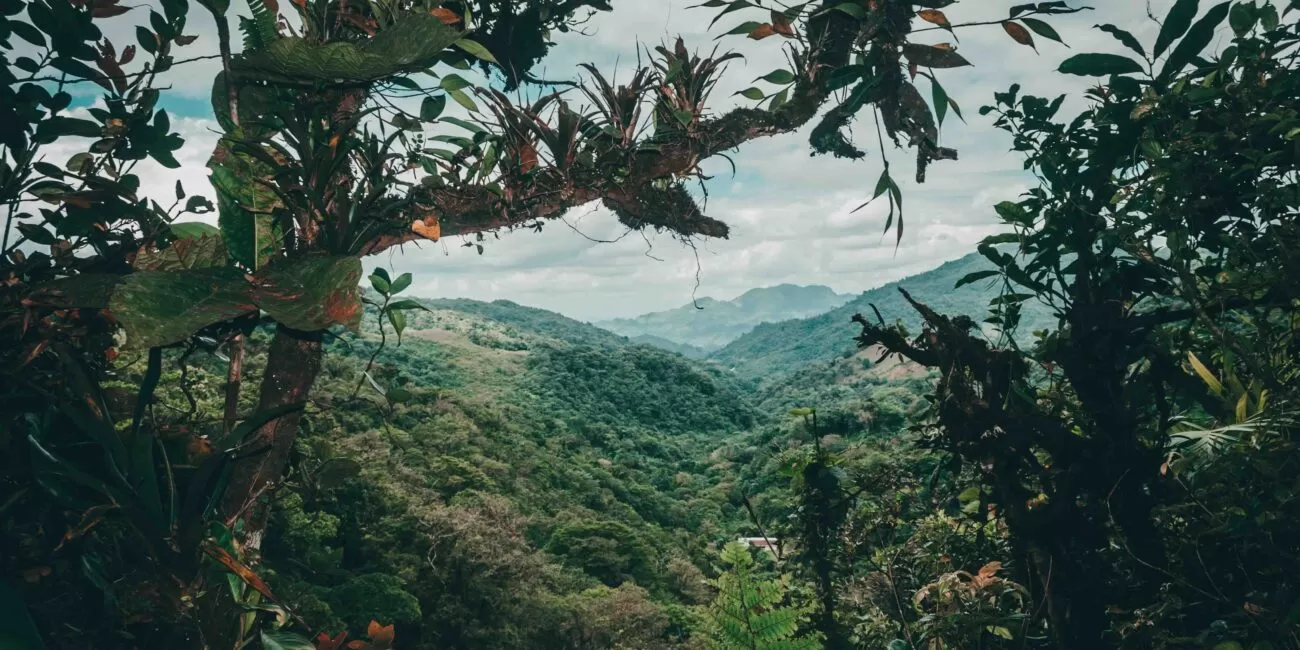
Conscious travel @ El Valle de Anton, Panama.
This is related to the previous tip about combatting overtourism. When choosing a destination, consider visiting a lesser-known place. Only visit a popular one in low or shoulder season. Do your research and make sure you choose a place that will benefit from your presence there.
Decide where you want to go based on your preferences and likings. Don’t follow the masses. Get to really know a place instead of rushing through it ticking of all the Instagram hotspots. Get off the beaten path. Get lost. Don’t just duplicate what’s been done before but carve out your own travel path.
The best thing is maybe to not even choose a destination at all. Go on a road trip. See where it takes you. Don’t plan too much ahead. Let the journey guide you.
Often confused with a mode of transport, slow tourism is all about mindset. It’s about avoiding the tourist burn-out. Instead of exhausting yourself, rushing from one tourist attraction to another, you consciously choose to explore the place you’re visiting at a relaxed pace.
Although tourist sights can still be a part of your itinerary, slow travel is about connection with the local community. Where do they eat? What activities do they participate in? What’s their view on the world and how can you learn from each other?
Staying long enough in one place allows you to really “feel” your travels. It’s about mindfully immersing yourself in a new place, educating yourself about local customs and reflect on these matters, resulting in self-development and personal growth.
I think that everyone can agree that biking and walking are two healthy habits that should be practiced often. We often go for walks in our home country and maybe cycle to work. But when it comes to travel, these modes of transport often get overlooked.
A lot of times we let expensive travel operators persuade us to book a tour crammed with activities from which we return exhausted. As a result, many a time we did not fully enjoy the experience.
Biking and walking allow you to travel at your own pace and aside from that, it’s the most eco-friendly way of transport. A lot of cities have great bike-sharing programs and it’s also friendly for your wallet.
Regarding walking, a general rule I apply when traveling is that, if my destination is less than 5 km away, I walk.
We already talked about taking a reusable water bottle with you and if you’re a coffee-lover, a reusable coffee cup. This drastically reduces your use of plastic items on the road.
Another item I always carry with me is a reusable shopping bag. It takes up almost no space and comes in handy whenever and wherever I want to buy something. Especially in Asia, this is almost a necessity since they put everything in multiple plastic bags whether it’s groceries, a meal or souvenirs.
Concerning use of paper, put documents regarding hotel bookings, airplane tickets or travel insurance on your phone. Email them to yourself or store them in a cloud in case your phone gets broken or stolen.
When we travel we often meet new people. Most of the time its other travelers also visiting the country. You get to know them hanging out in the bar of your accommodation or participating in the same tours. That’s great because if you really connect with each other, you can maybe go and visit them once in their country of origin, having a local experience.
But how do you connect with locals at your destination? It’s often not hard if you consciously look to make these connections. Traveling locally, in general, helps a lot. Sleeping at homestays or small b&b’s and taking local transport can often turn into friendships for life.
If you’re keen to already connect with locals before you start your travels then look for Facebook groups about your destination. Book a homestay online or connect with someone through couchsurfing. Check apps like Eatwith for local food experiences or meetup to bond with locals who share the same interests.
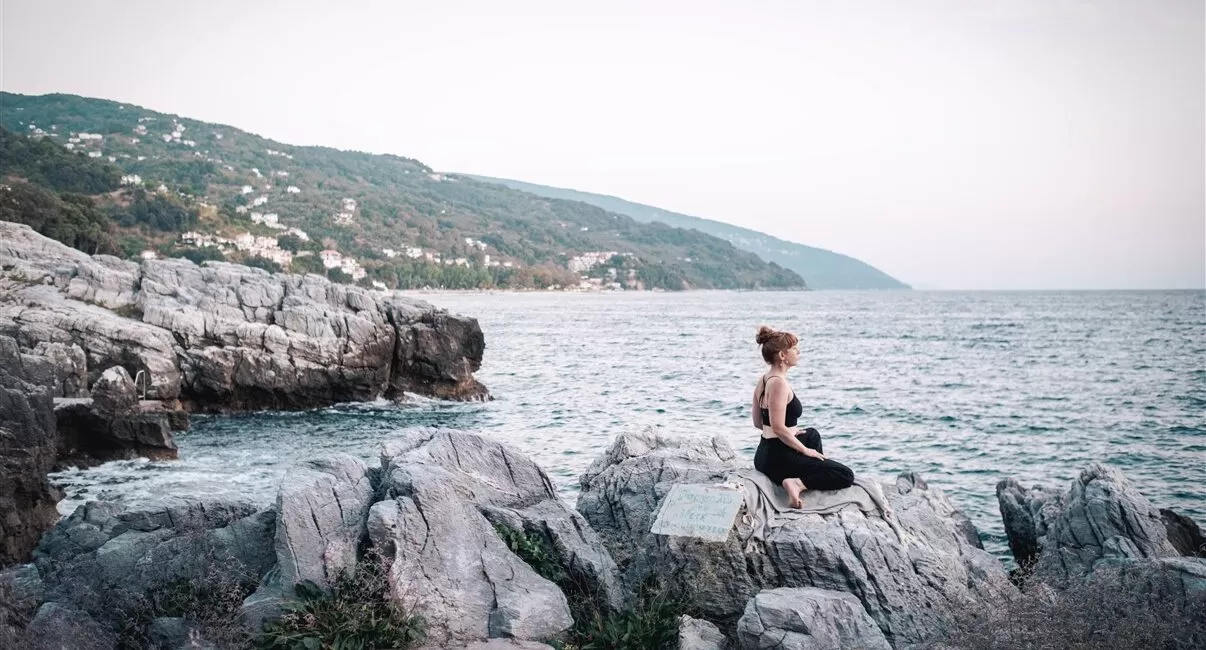
Conscious travel @ Damouchari, Greece. Taking a moment in the morning to meditate by the sea.
To be a conscious traveler requires a certain state of conscious awareness about the things you are doing, sights you are seeing or places you are visiting. It’s so easy for your mind to get caught up in anxiety, fear or just worry about what you will have for diner that night or how stressful it will be to go back to work after your trip.
Mindful awareness will allow you to be fully receptive for the experiences you have in a new place. It will open up your senses, creating meaningful and intense travel memories while on the road. For more information, fellow travel blogger Lynli of Wanderbig has written an interesting article with five easy ways to be a mindful traveler.
I hope this article about how to be a conscious traveler was useful to you! Please comment below if you think there are more ways to be a conscious traveler. Let’s make travel a force for good, helping people around the world and protecting our beautiful planet. I would love to hear from you!
ENJOY!
Disclaimer: This post may include affiliate links. If you click on them, I may receive a commission at no extra cost to you.

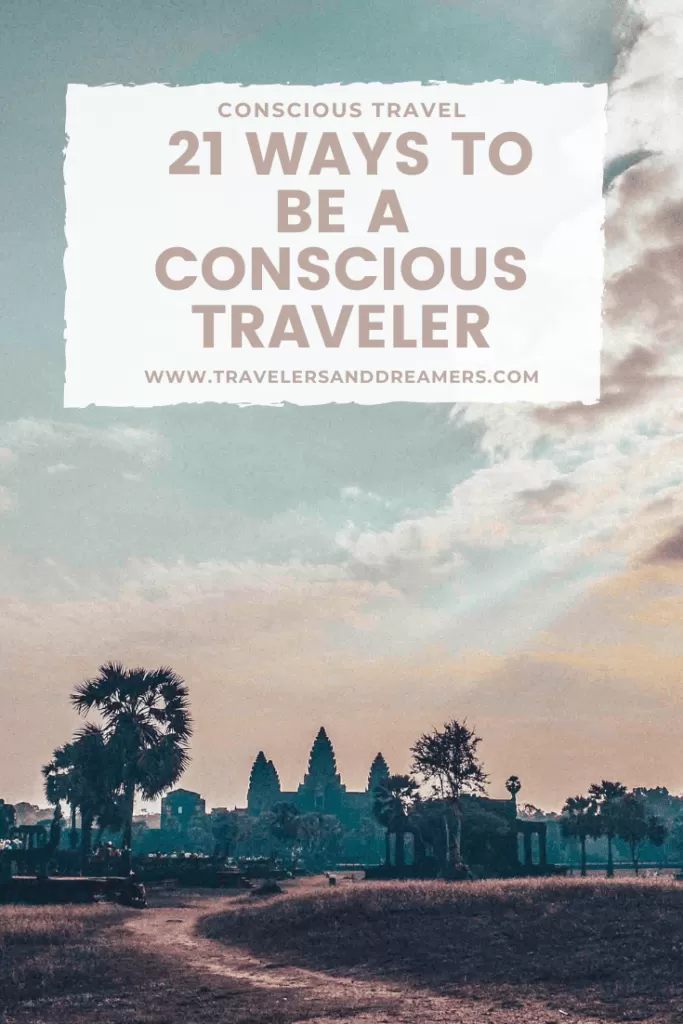

Hi! I am Annelies and this is Travelers & Dreamers, a blog about conscious travel which means traveling in a more mindful way, with a positive impact on the world and yourself!
On this website, I cover different topics like slow travel, plant-based food guides, responsible travel, sustainable packing, eco-travel, and more!
Latest Posts

How to Visit the Pescaderito in Curiti (Near San Gil)
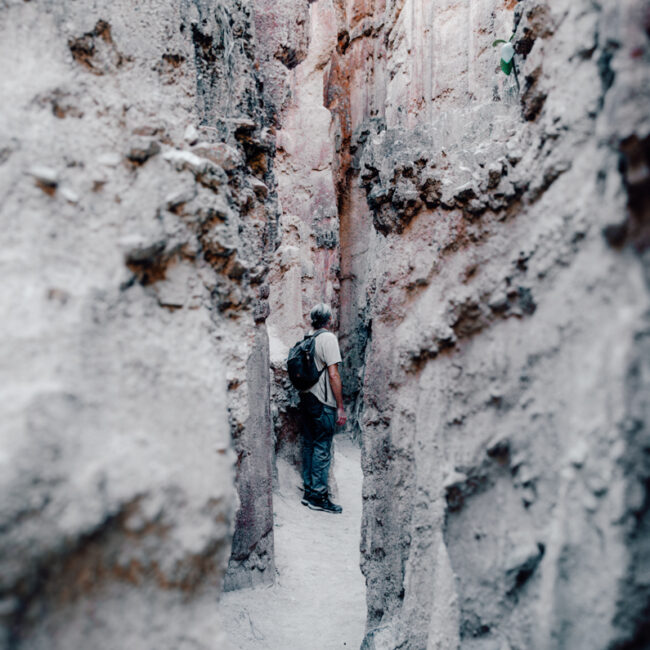
Los Estoraques Unique Natural Area: An Easy Travel Guide
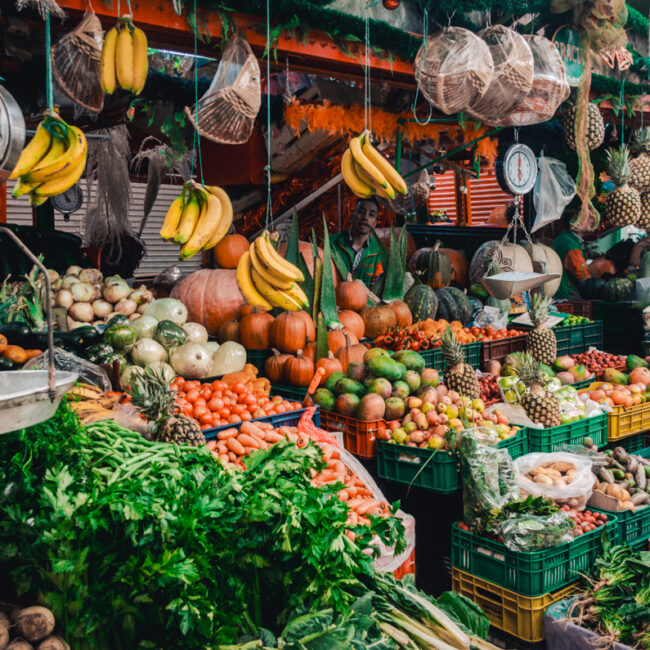
An Easy Guide to Paloquemao Fruit Market in Bogota

Phnom Penh to Kampot: A Complete Transport Guide
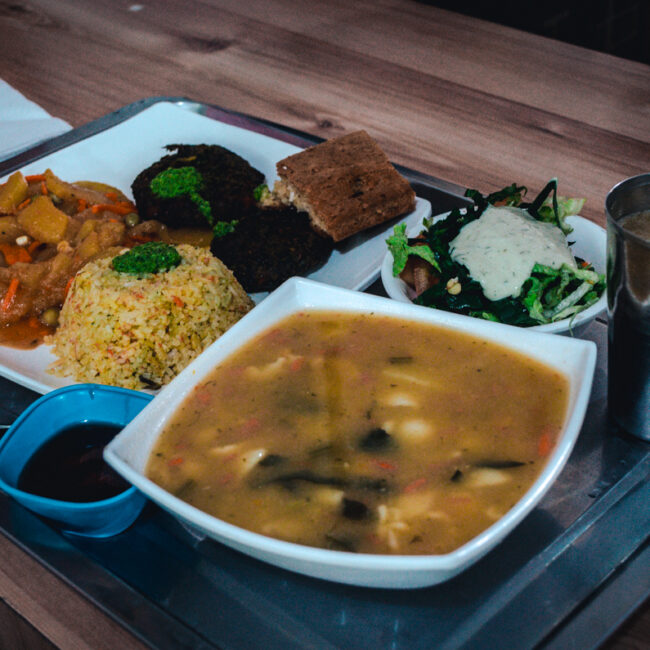
Do you want to receive my latest finds on conscious and sustainable travel directly to your inbox? Subscribe here!
© COPYRIGHT TRAVELERS&DREAMERS, 2023.
Hannah
I love these tips! I agree that it is more important than ever that we learn to be conscious travellers. I think it is super important to learn about the places we are visiting and then experience them with locals to get an authentic experience. I’ll definitely try out some of your other tips on my next trip. Thanks for the great guide!
annelies_degelas
Hi Hannah, really happy you liked my guide to conscious travel! If we all pay a little more attention to these things, travel will be as rewarding to us as it will be to the destinations we visit! <3 Thanks for your comment! 🙂
Monica W.
I love your round up of conscious travel tips. Definitely something everyone should keep in mind as we all get back out there in 2021. Thanks for lots of food for thought!
Ummi | Ummi Goes Where?
Love these tips! I’m already putting some of them in practice, like supporting local whenever I can. Now I have to work on reducing and offsetting my carbon footprints.
Emma
Such an important topic. I am all about buying local and supporting local whether at home or traveling. I also actually really love to use public transport when I travel – it’s a way more fun and authentic way to see a place and helps you learn to get around a city on your own. If you take a taxi everywhere you never really figure out where everything is
Shafinah
11 is so important! I’m glad it’s getting more light than it used to but we have so much more work to do there!
Danai
Love these tips. They are so simple and effective!
annelies_degelas
Thanks, Danai! <3 <3 <3